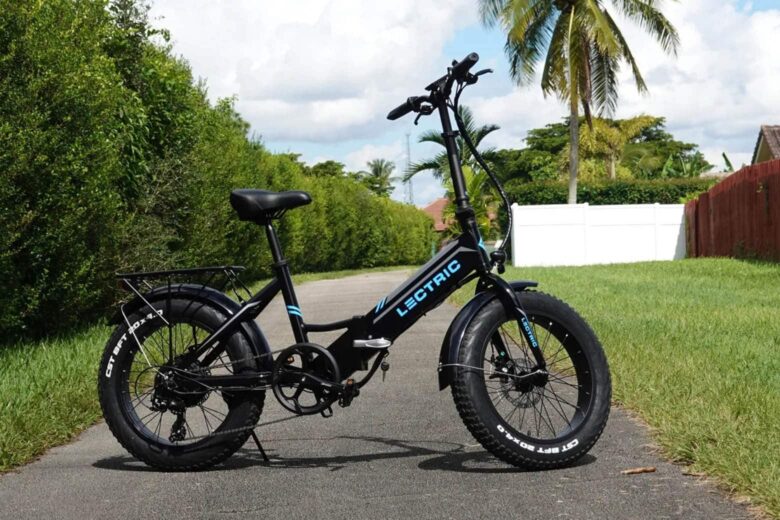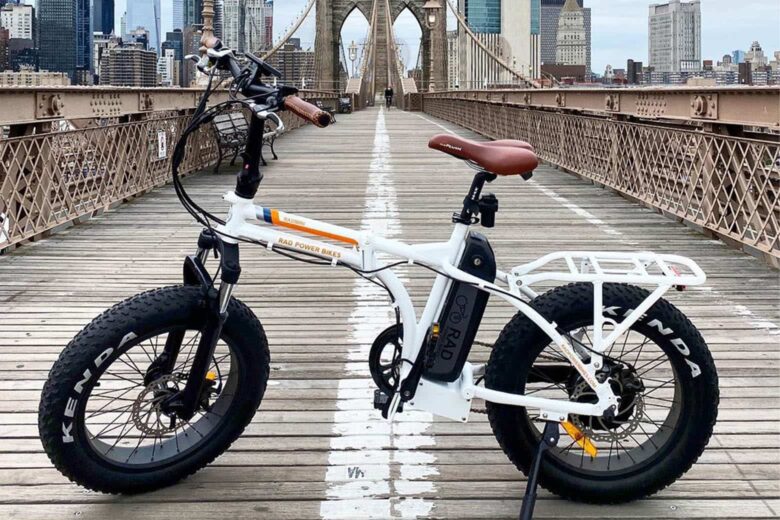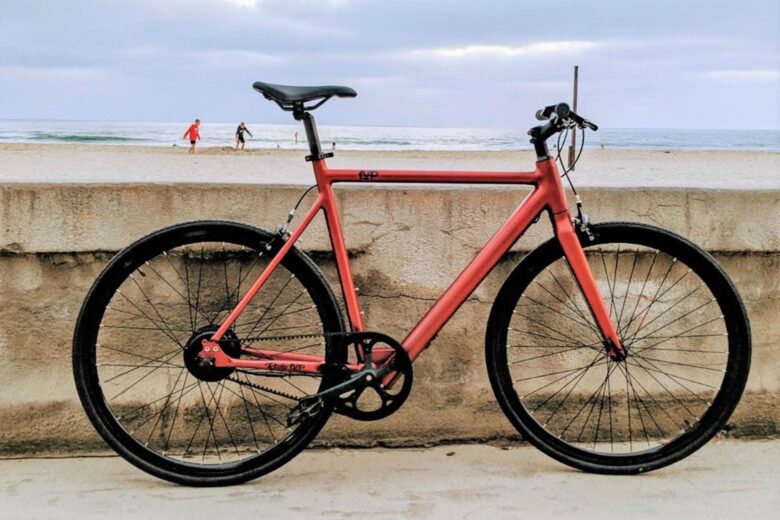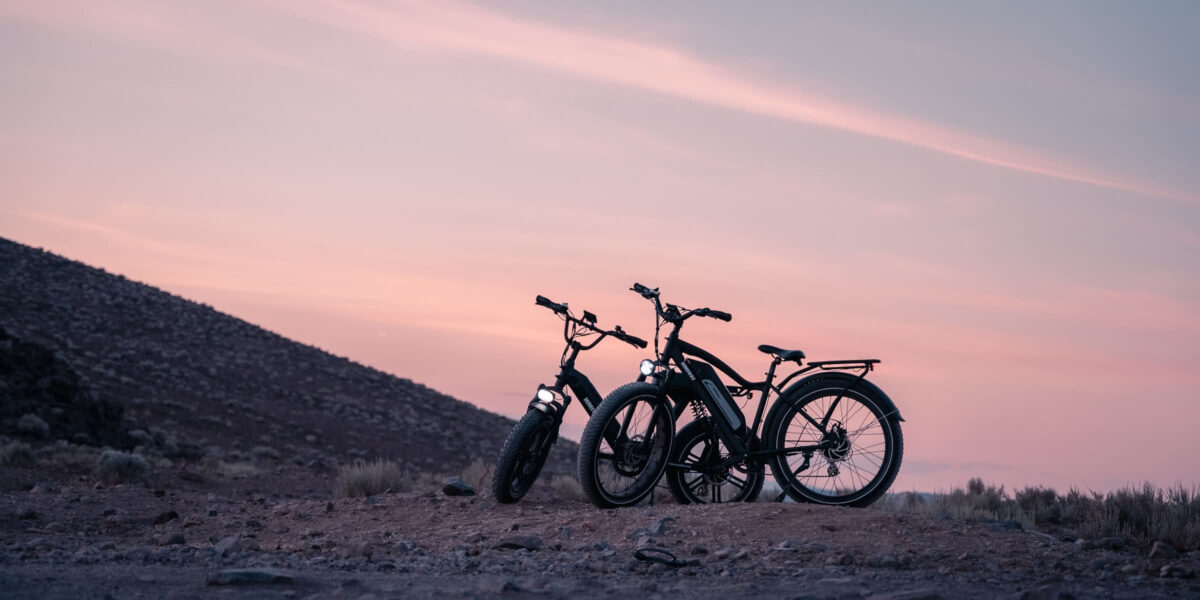Look around you, and you’ll notice that e-bikes are everywhere and are even considered the future of cycling, and for good reason. Just imagine using that extra zest to get you uphill, or magically arriving at your destination less sweaty and exhausted.
If you’re interested in joining the revolution and energizing your ride, you may be curious about the best e-bikes and how to choose an electric bike for your lifestyle. Choosing an e-bike can be a daunting task, and understandably so, considering all of the excellent options available today.
The premier e-bike brands on the marketplace today include Ride1UP, thanks in part to their sleek, fast, and affordable quality, Rad Power Bikes, known for their portable and affordable e-bikes, and envisioning “a world where transportation is energy-efficient, enjoyable, and accessible to all,” Lectric, who develops one of the highest value electric bikes on the market, tailored towards Boomers and Gen Xers alike, and Ancheer Electric Bikes, offering a versatile assortment of e-bikes, ranging from folding city commuter bikes to electric mountain bikes.
The three different types of electric bikes
There are 3 basic types of electric bikes available in the US to choose from; Type 1, a conventional bicycle with a pedal-assist motor, Type 2, equipped with a throttle motor, and lastly, Type 3, the fastest legal e-bike with a pedal-assist motor (or) throttle motor. We’ll go into more detail below.
Class 1 electric bike

Class 1 electric bikes are the first class of electric bikes allowed to be used on public roads and bike paths. This electric bicycle requires you to pedal in order to use the motor. It’s exactly like a conventional bicycle except that while you’re pedaling the motor kicks in to assist your hard work. The max speed of this e-bike is 20mph, and there is no age limit and no requirement for a driver’s license. This type of e-bike is best for those desiring a conventional bike with extra support for riding uphill or longer distances. They are also the most affordable option of the three.
Examples of Class 1 Ebikes:
Class 2 electric bike

This electric bicycle has a motor that is controlled by a throttle. On this e-bike, you don’t have to pedal to engage the motor, you can just turn over the throttle and blaze into the distance with your hair in the wind. Again, The max speed of this e-bike is 20mph, and there is no age limit and no requirement for a driver’s license. Class 2 electric bikes can be a great way to get you to and from work while also getting some exercise. You can save on gas, parking, and wear and tear on your vehicle. These class 2 electric bicycles will cost you a bit more than class 1 electric bikes, but they are a worthwhile investment if you are looking for a way to commute to work.
Examples of Class 2 Ebikes:
- Rad Power Bikes RadExpand 5 Electric Folding Bike
- ANCHEER 26 Inch Wheel Folding Electric Mountain Bike with Super Lightweight Magnesium Alloy
Class 3 electric bike

This electric bicycle is considered the fastest “legal” e-bike and has a maximum speed of 28mph. By law, it’s legally still considered a bicycle so it doesn’t require a driver’s license or license plate, though you must be 17 or older to ride and a helmet is highly recommended. Overall, this is the best bike for those commuting long distances.
Examples of Class 3 Ebikes:
If you’re still deciding how to pick an e-bike, we’ve created this informational chart comparing the key differences between the three types.
| Motor | Max speed | Age limit | Driver’s license | |
| Class 1 ebike | Pedal assist | 20 mph | No | No |
| Class 2 ebike | Throttle motor | 20 mph | No | No |
| Class 3 ebike | Pedal assist and/or throttle motor | 28 mph | Must be 17 or older to ride | No, but must wear a helmet |
5 tips to find the perfect electric bike for you
Know your intended use
How do you intend to use your e-bike? Do you plan on using it more for exercise and recreation, or for more functional purposes, like commuting, grocery shopping, or even trading it in for your car? Knowing what you are looking for is the most important step in finding the perfect electric bike for you.
Decide what feature is most important
Consider the size and weight of the e-bike for storage purposes, decide whether you’d like a pedal-assist just for fitness and fun, or a throttle motor for more assistance and speed. Would you like to travel on the sidewalk and bike paths, go off-roading, or ride on the street? These are all very important questions to ask yourself so you end up getting the exact features you are looking for.
Take it for a test drive
Be sure to test drive different models of electric bikes so you can try out various sizes, weights, and styles, and pick the perfect one for you.
Keep your budget in mind
Be aware that while it is possible to buy an electric bike for less than $1,000, expect to spend at least $1,500, and even more for name-brand e-bikes. As always, you get what you pay for.
Consider the quality and service maintenance
Speaking of name-brand e-bikes, highly consider choosing a motor that can be serviced because mechanics are sometimes unable to repair no-name brands. Ideally, purchase bikes that use motors from well-known brands such as Yamaha, Bosch, and Panasonic.
Where to buy an electric bike?
Our favorite places to buy eclectic bikes are Ride1UP, Rad Power Bikes, Lectric, and Ancheer Bikes. Ride1UP offers class 3 e-bikes that are stylish, efficient, and fast, and are great for city cycling. Rad Power Bikes has an impeccable lineup of stylish, fast, and fun e-bikes that are great for everyday commuters and very affordable to boot. Lectric boasts all-road, long-distance e-bikes that offer both quality craftsmanship and affordability, with a range of up to 45 mph. Ancheer Bike offers portable e-bikes and electric mountain bikes that are eco and budget-friendly.
Electric bike or electric scooter?
After all of this, you might be wondering which is better, an electric bike or an electric scooter? Our personal take on this is that electric scooters are best reserved for shorter commutes. You can invest in a foldable scooter that you can carry along with you on public transport, and store in your trunk or by your desk in the office. Keep in mind that electric scooters are not the best for long-distance and typically max out at 22 mph.
On the other hand, the best electric bikes are more versatile and better suited for long distances and provide optimal comfort at much higher speeds. This all comes with a trade-off, of course, as electric bikes are harder to store away and pack because of their weight and size. Although the Lectric bike is foldable, so it’s still possible to have the best of both worlds.
Frequently asked questions about the different types of electric bikes
There are 3 types of electric bikes available in the US to choose from; Type 1, a conventional bicycle with a pedal-assist motor, Type 2, equipped with a throttle motor, and lastly, Type 3, the fastest legal e-bike with a pedal-assist motor. Each offers something different for your particular taste in terms of size, portability, weight, and personal features, such as speed and the option to off-road or use the bike lane.
Electric bikes come in all shapes and sizes and can vary wildly in terms of performance and cost. At the end of the day, the best type of electric bike comes down to shopping for your intended use, features, quality, and keeping your personal budget in mind. We are particularly fond of Ride1UP, Rad Power Bikes, and Lectric.
A type 2 electric bike is a bike that is fitted with a motor that can be used in the same way as a traditional bicycle. The motor is powered by a battery and the battery is charged by pedaling. The motor is activated by a throttle, which is usually a thumb button on the handlebars. The motor gives a boost to the cyclist when pedaling uphill, when the cyclist is tired, or when they want to cycle faster. The bike itself is not a moped, so it is not allowed on cycle paths and the cyclist has to obey traffic laws. However, the e-bike can be used on the road in the same way as a traditional bike.










